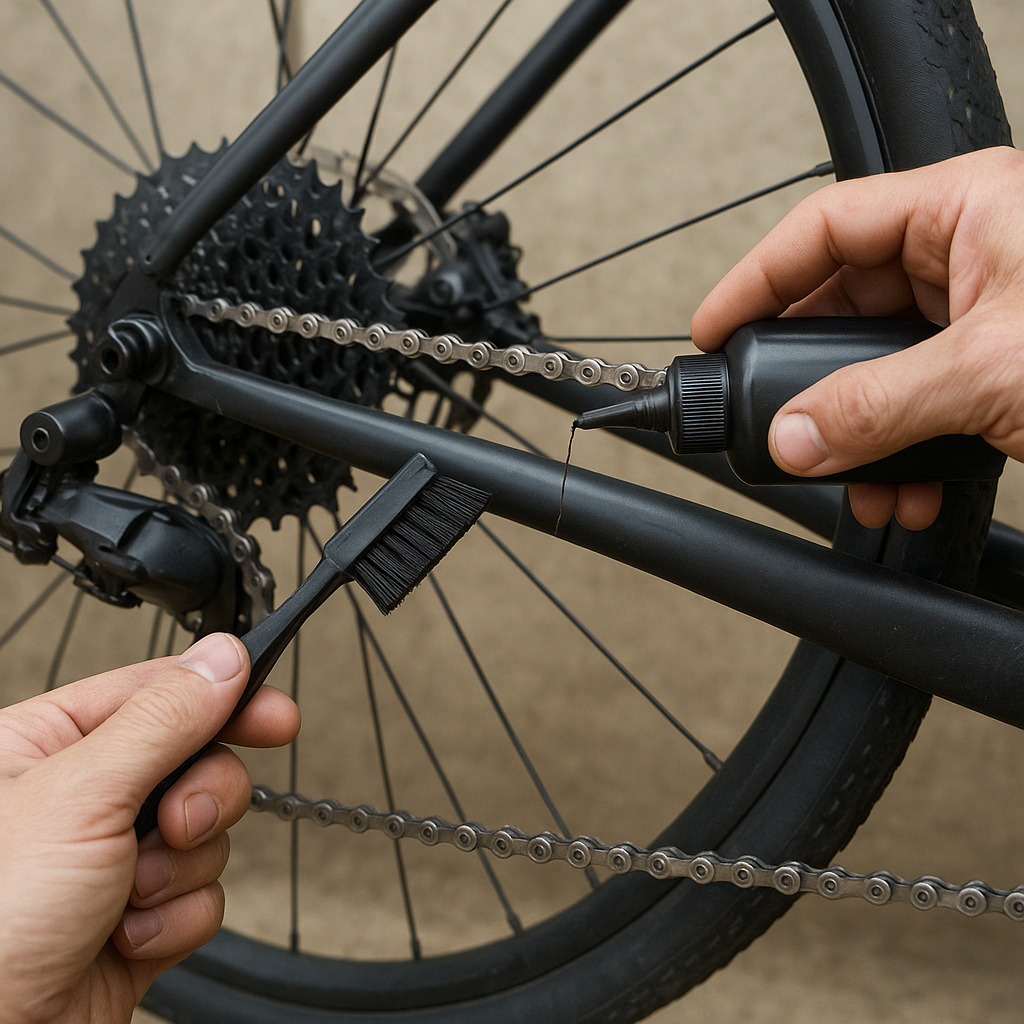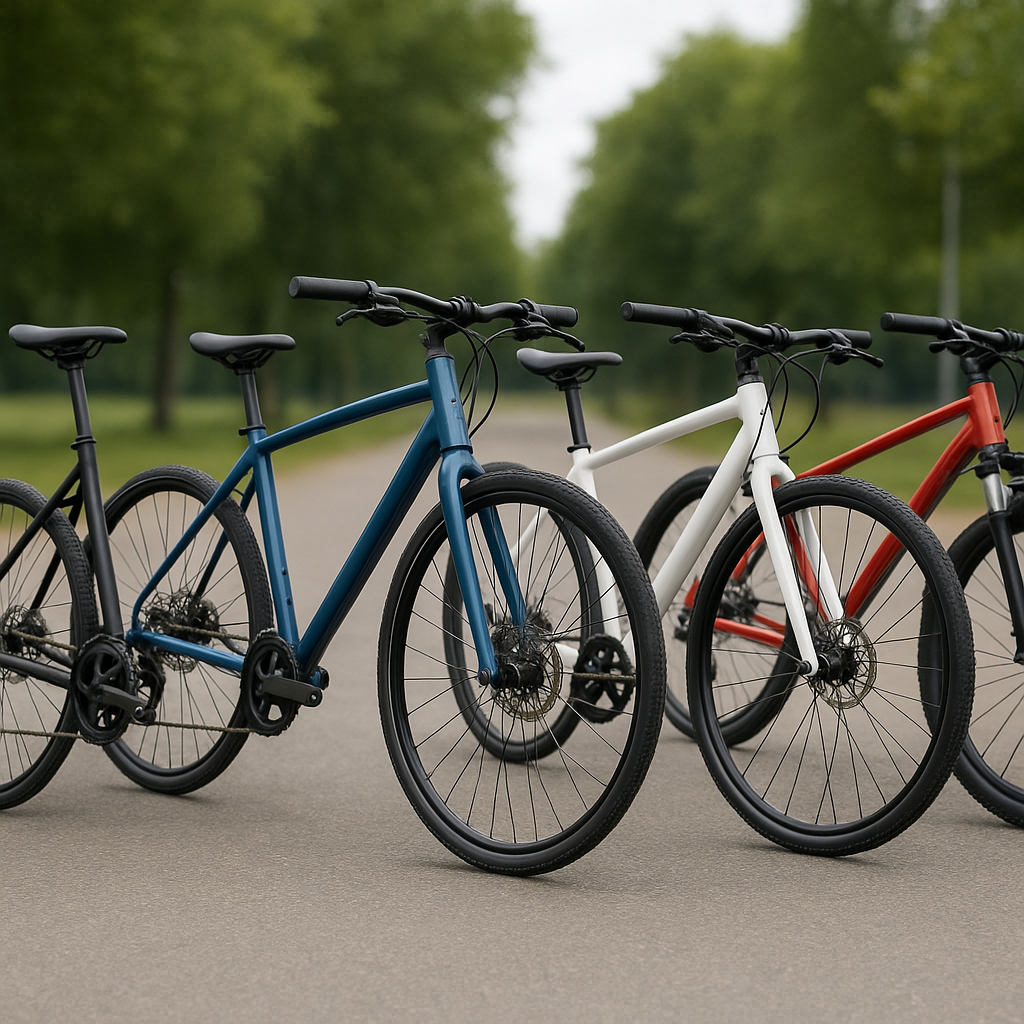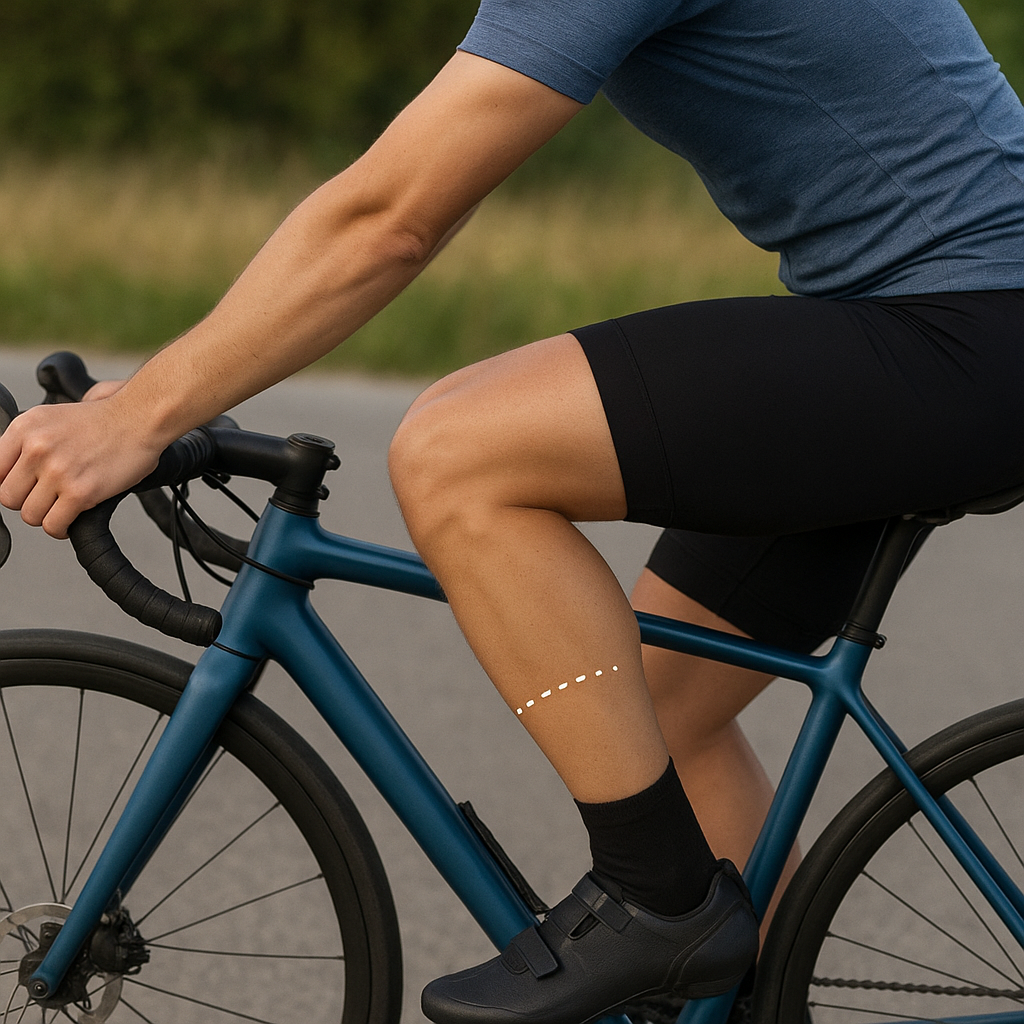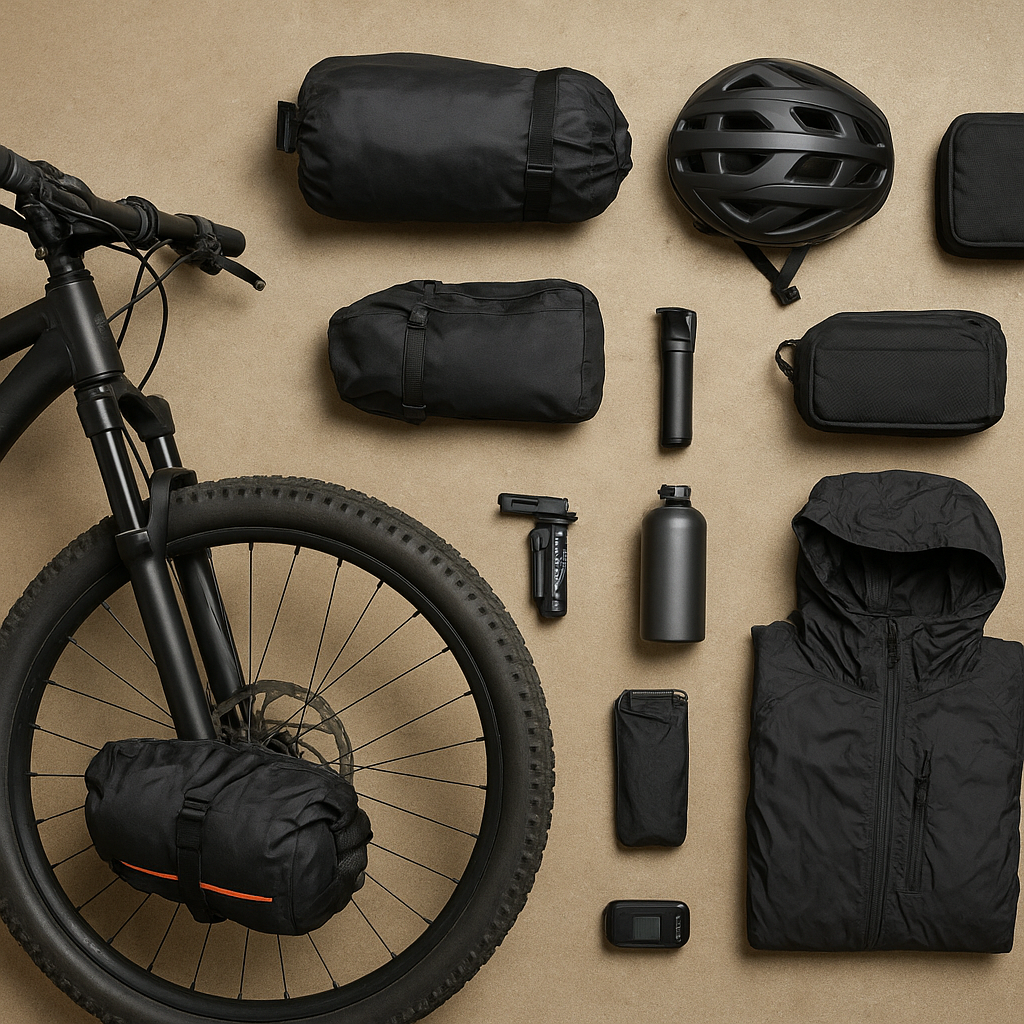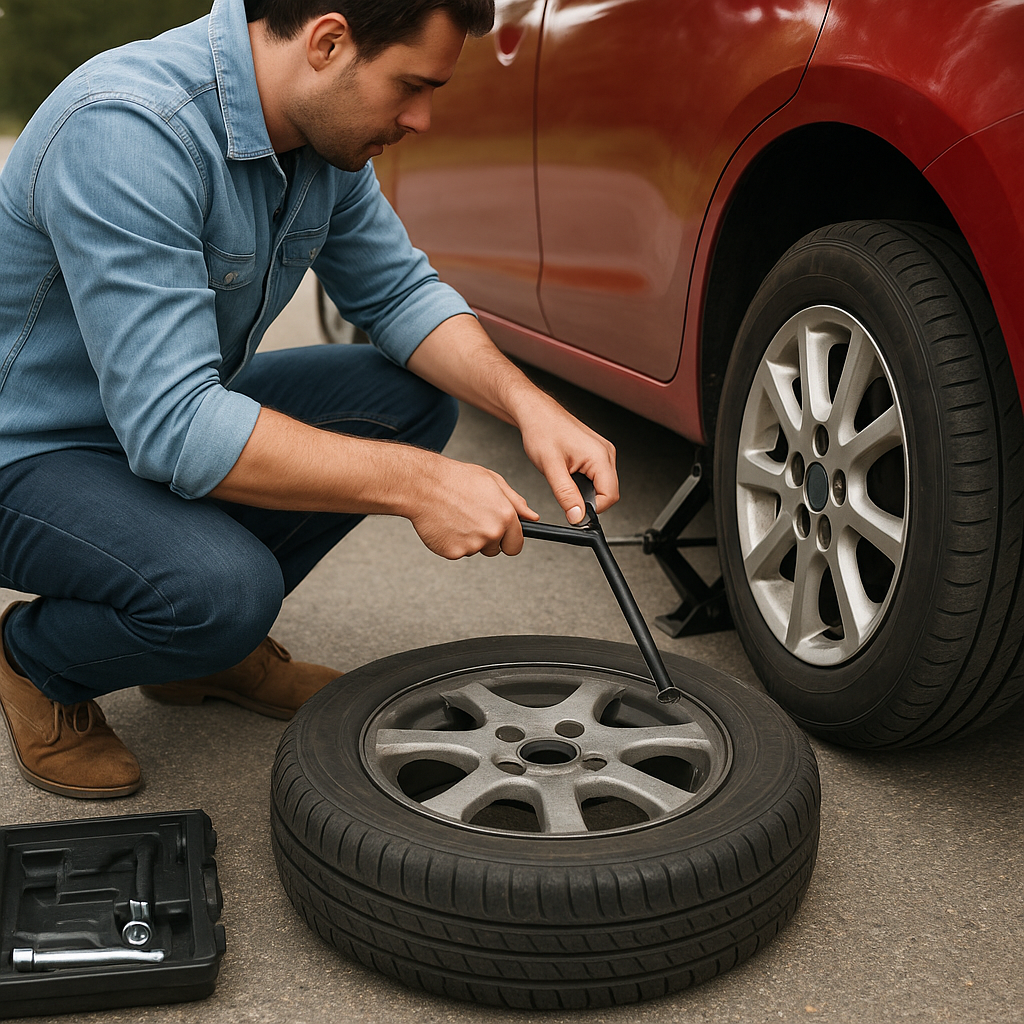Choosing between a gravel bike and a cyclocross bike can be a daunting task, especially for those new to the world of cycling. Both types of bikes have their unique features and are designed for specific purposes, making it essential to understand their differences before making a decision. This article aims to provide a comprehensive comparison of gravel and cyclocross bikes, helping you determine which one is best suited for your needs.
Understanding Gravel Bikes
Gravel bikes have gained immense popularity in recent years due to their versatility and ability to handle a variety of terrains. These bikes are designed to be comfortable and efficient on long rides, whether on paved roads, gravel paths, or even light trails. Here are some key features of gravel bikes:
Frame and Geometry
Gravel bikes typically have a more relaxed geometry compared to cyclocross bikes. This means a longer wheelbase, slacker head tube angle, and a higher stack height, which contribute to a more comfortable and stable ride. The frame is often made from materials like aluminum, carbon fiber, or steel, each offering different levels of comfort, weight, and durability.
Tire Clearance
One of the standout features of gravel bikes is their ability to accommodate wider tires. Most gravel bikes can fit tires ranging from 35mm to 50mm in width, allowing for better traction and comfort on rough surfaces. The wider tires also provide more stability and control, making them ideal for off-road adventures.
Mounting Points
Gravel bikes are designed with adventure in mind, and as such, they come equipped with multiple mounting points for accessories like racks, fenders, and extra water bottles. This makes them perfect for bikepacking and long-distance touring, where carrying additional gear is necessary.
Drivetrain and Gearing
Gravel bikes often feature a wide range of gears to handle various terrains. They may come with a 1x or 2x drivetrain, offering a balance between simplicity and versatility. The gearing is typically lower than that of road bikes, allowing for easier climbing on steep and uneven surfaces.
Understanding Cyclocross Bikes
Cyclocross bikes, on the other hand, are designed for the specific demands of cyclocross racing. These races take place on short, technical courses that include a mix of pavement, grass, mud, and obstacles. As a result, cyclocross bikes are built for agility, speed, and quick handling. Here are some key features of cyclocross bikes:
Frame and Geometry
Cyclocross bikes have a more aggressive geometry compared to gravel bikes. They feature a shorter wheelbase, steeper head tube angle, and lower stack height, which contribute to a more responsive and nimble ride. The frames are usually made from lightweight materials like aluminum or carbon fiber to enhance speed and maneuverability.
Tire Clearance
While cyclocross bikes also have wider tire clearance than traditional road bikes, they typically accommodate tires up to 33mm in width, as per UCI regulations for cyclocross racing. These narrower tires are designed to provide a balance between traction and speed on the varied surfaces encountered during a race.
Mounting Points
Unlike gravel bikes, cyclocross bikes usually have fewer mounting points for accessories. This is because they are designed primarily for racing, where weight and aerodynamics are more critical than carrying extra gear. However, some cyclocross bikes do offer limited mounting options for those who wish to use them for other purposes.
Drivetrain and Gearing
Cyclocross bikes often feature a 1x drivetrain, which simplifies shifting and reduces the risk of mechanical issues during a race. The gearing is typically higher than that of gravel bikes, allowing for quick acceleration and maintaining speed on flat sections of the course. However, the gear range is still sufficient to handle the short, steep climbs commonly found in cyclocross races.
Comparing Gravel and Cyclocross Bikes
Now that we have a better understanding of the key features of gravel and cyclocross bikes, let’s compare them in various aspects to help you decide which one is right for you.
Purpose and Use
The primary difference between gravel and cyclocross bikes lies in their intended use. Gravel bikes are designed for versatility and comfort on long rides across various terrains, making them ideal for bikepacking, touring, and mixed-surface adventures. Cyclocross bikes, on the other hand, are built for the specific demands of cyclocross racing, focusing on agility, speed, and quick handling on short, technical courses.
Comfort and Stability
Gravel bikes offer a more comfortable and stable ride due to their relaxed geometry and wider tires. This makes them better suited for long-distance rides and rough terrains. Cyclocross bikes, with their aggressive geometry and narrower tires, prioritize speed and responsiveness, which can result in a less comfortable ride on extended journeys or rough surfaces.
Versatility
Gravel bikes are generally more versatile than cyclocross bikes, thanks to their wider tire clearance, multiple mounting points, and broader gear range. This makes them suitable for a wide range of activities, from commuting and touring to off-road adventures. Cyclocross bikes, while still capable of handling various terrains, are more specialized and may not be as adaptable to different types of riding.
Weight and Speed
Cyclocross bikes are typically lighter and faster than gravel bikes, as they are designed for racing. The lightweight frame and higher gearing allow for quick acceleration and maintaining speed on flat sections. Gravel bikes, while not as fast, offer better traction and control on rough surfaces, making them more suitable for off-road riding and long-distance adventures.
Making the Right Choice
When deciding between a gravel bike and a cyclocross bike, it’s essential to consider your specific needs and preferences. Here are some factors to keep in mind:
- Intended Use: If you plan to participate in cyclocross races or prioritize speed and agility, a cyclocross bike may be the better choice. If you prefer long-distance rides, bikepacking, or mixed-surface adventures, a gravel bike is likely more suitable.
- Comfort: For those who value comfort and stability on long rides, a gravel bike’s relaxed geometry and wider tires will provide a more enjoyable experience.
- Versatility: If you want a bike that can handle a variety of activities and terrains, a gravel bike’s versatility makes it a more adaptable option.
- Budget: While both types of bikes can vary in price, gravel bikes may offer more value for those looking for a multi-purpose bike, whereas cyclocross bikes are often more specialized and may come at a higher cost for racing-specific features.
Conclusion
Ultimately, the choice between a gravel bike and a cyclocross bike depends on your individual needs and preferences. By understanding the key differences and considering factors such as intended use, comfort, versatility, and budget, you can make an informed decision that will enhance your cycling experience. Whether you choose a gravel bike for its versatility and comfort or a cyclocross bike for its speed and agility, both options offer unique benefits that can cater to different types of riders and adventures.


